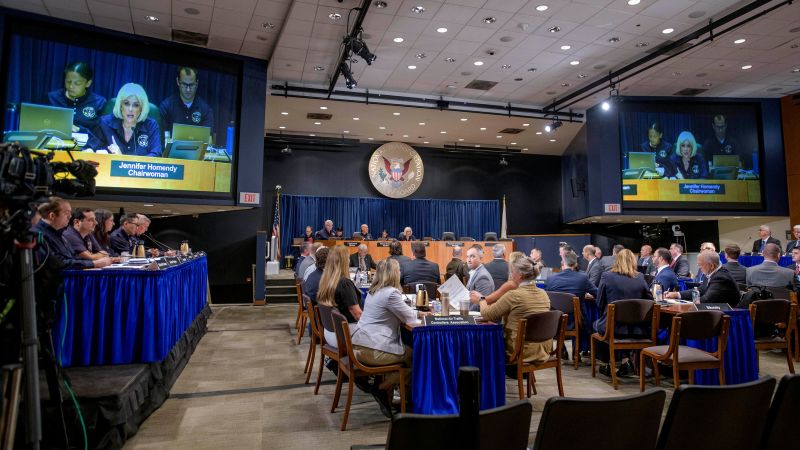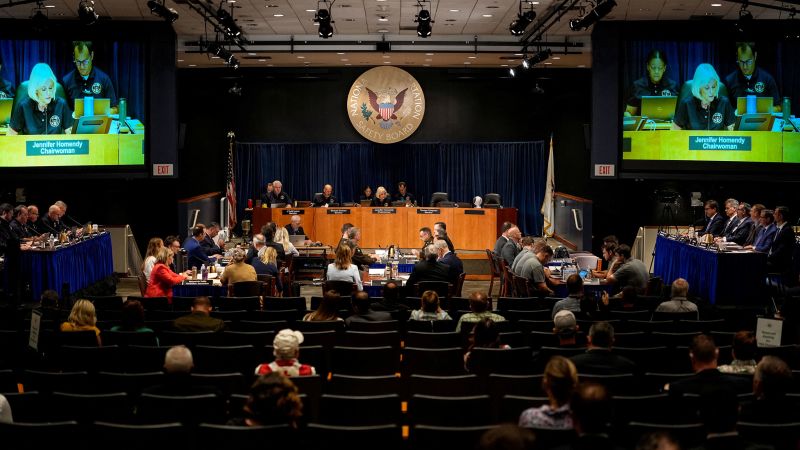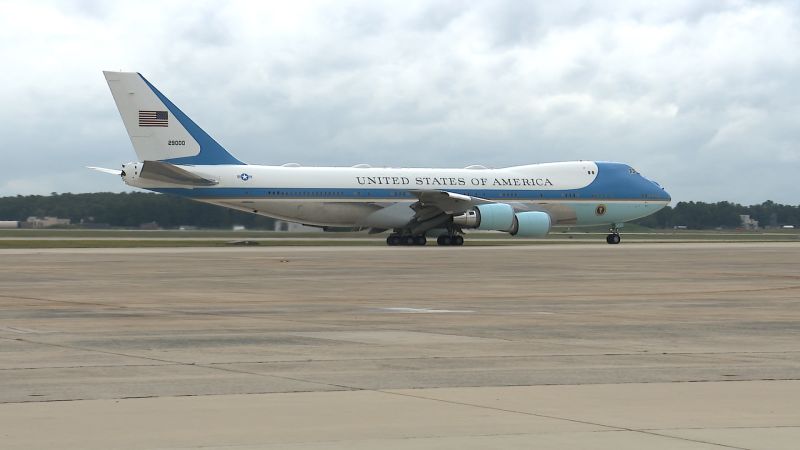
NTSB Investigation on Air Traffic Control Training and Collision Avoidance Technology
Politics | 7/31/2025
The National Transportation Safety Board (NTSB) will delve into the examination of air traffic control training and collision avoidance technology during the second day of hearings regarding the tragic midair collision at Ronald Reagan Washington National Airport earlier this year. This investigation, which resulted in the loss of 67 lives, aims to shed light on critical aspects surrounding the incident.
Scheduled for Thursday, the hearings will focus on probing the effectiveness of air traffic control training procedures and the performance of collision avoidance technology in averting such catastrophic events. These inquiries are pivotal in understanding the sequence of events and factors that contributed to the collision, offering insights into potential areas for improvement in aviation safety protocols.
The NTSB’s rigorous examination underscores the commitment to enhancing air traffic control standards and safety measures to prevent future tragedies. By scrutinizing the training protocols and technological capabilities in place, the board aims to identify any lapses or deficiencies that may have played a role in the collision.
Experts anticipate that the testimonies and evidence presented during these hearings will provide valuable information for the ongoing investigation. The insights gathered from witnesses and experts are crucial in piecing together a comprehensive understanding of the circumstances leading up to the midair collision, informing potential recommendations for enhancing air traffic control and collision avoidance practices.
As the NTSB continues its thorough probe into the midair collision at Ronald Reagan Washington National Airport, the aviation industry and regulatory authorities closely monitor the developments emerging from the investigative hearings. The findings and recommendations resulting from this investigation are anticipated to have significant implications for air traffic control protocols and safety measures moving forward.


